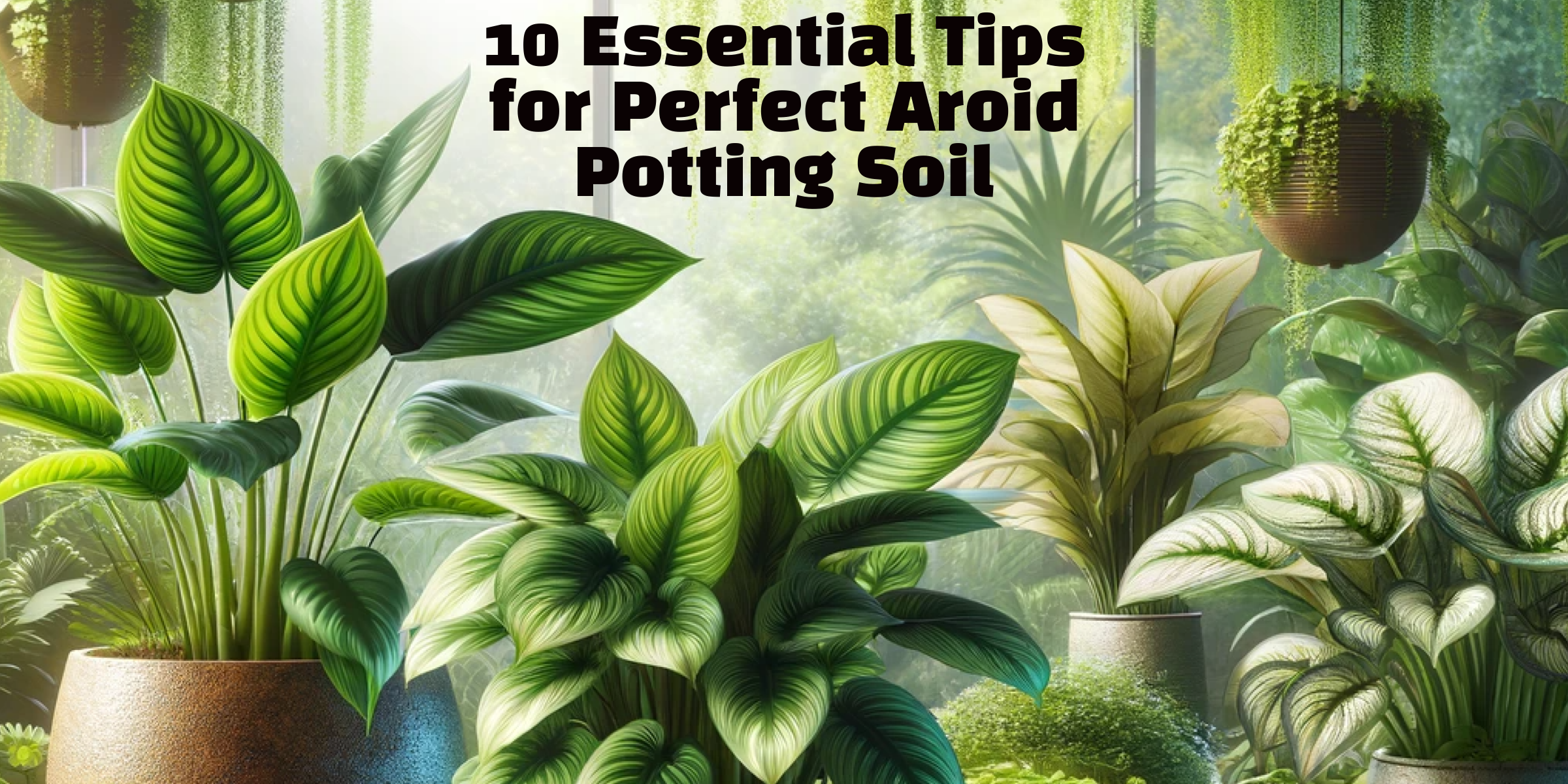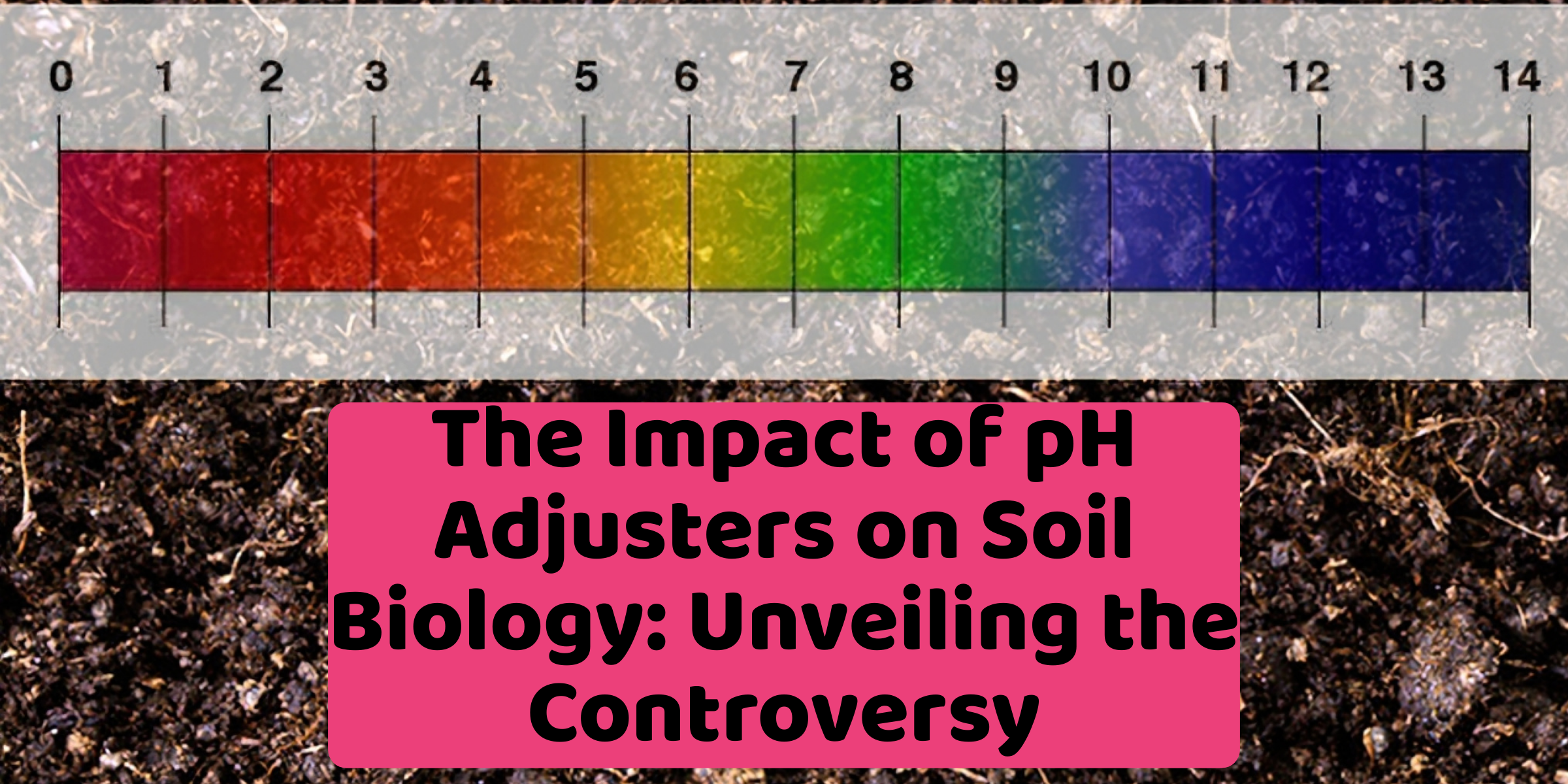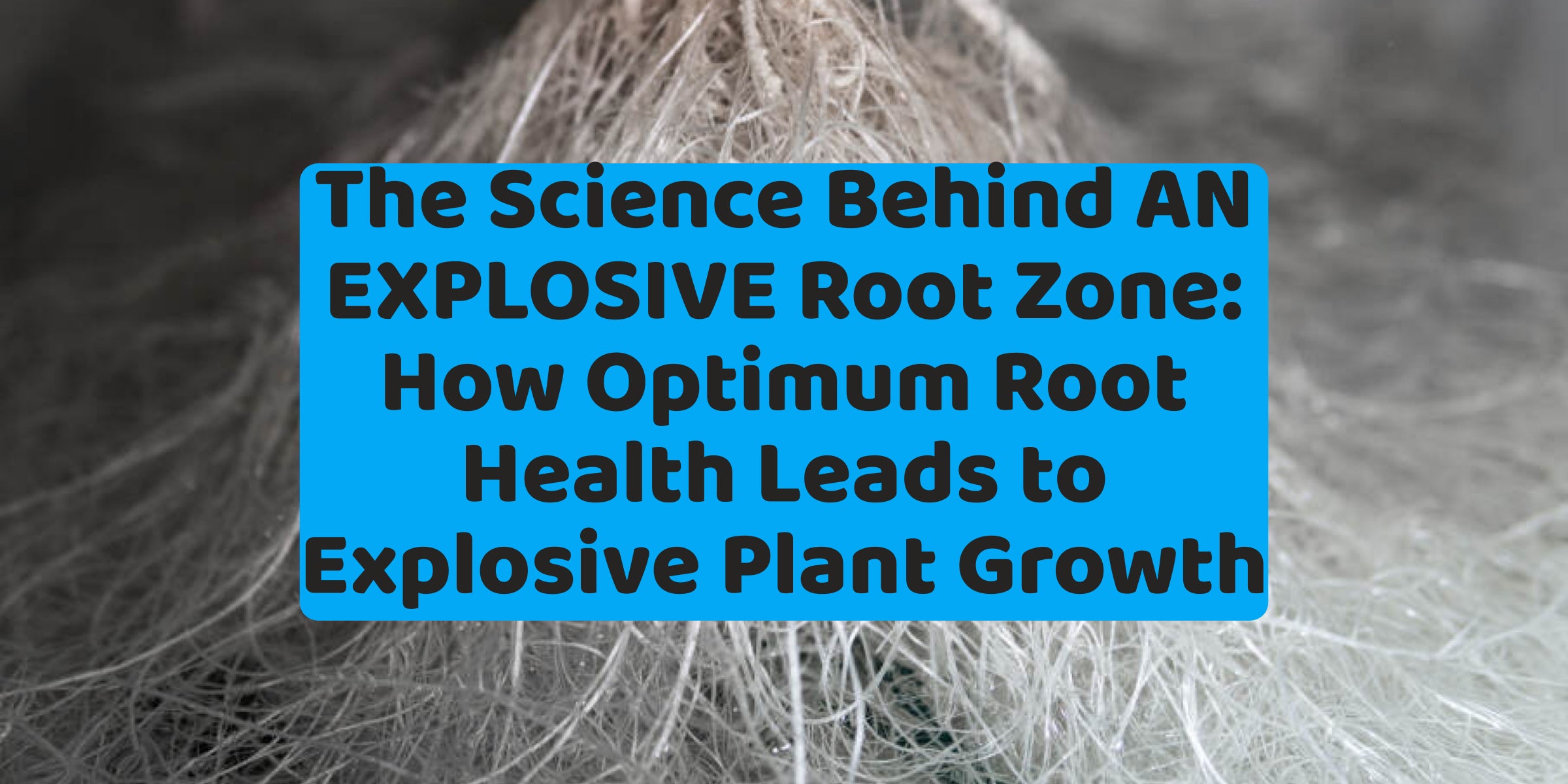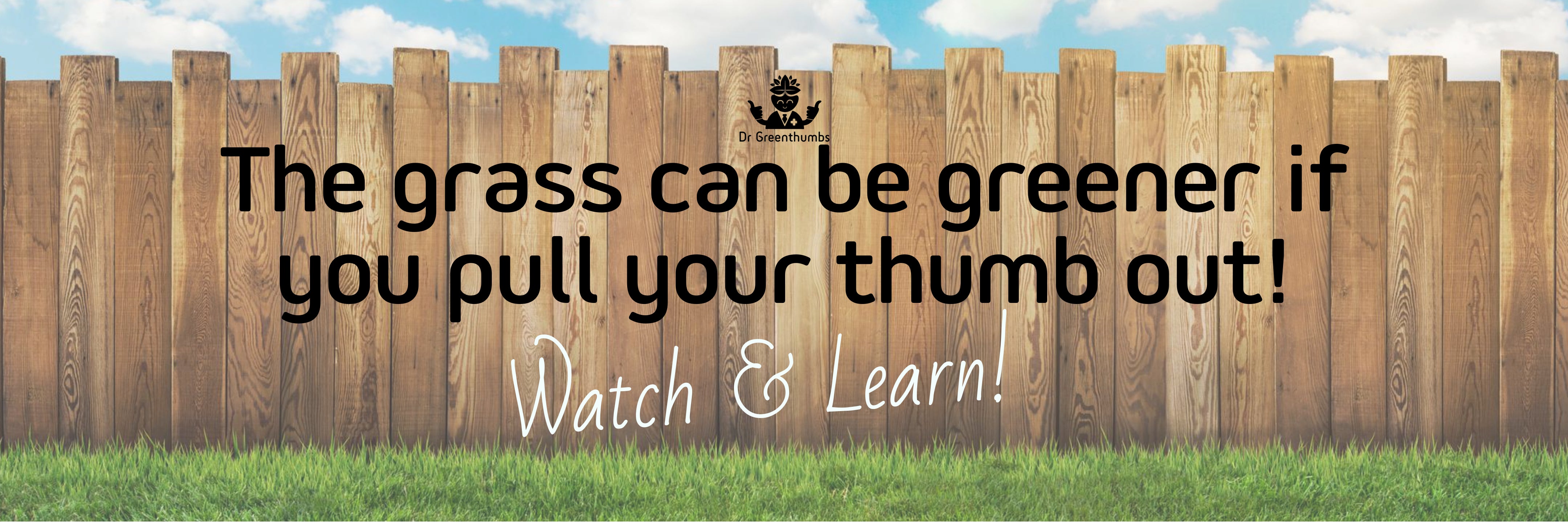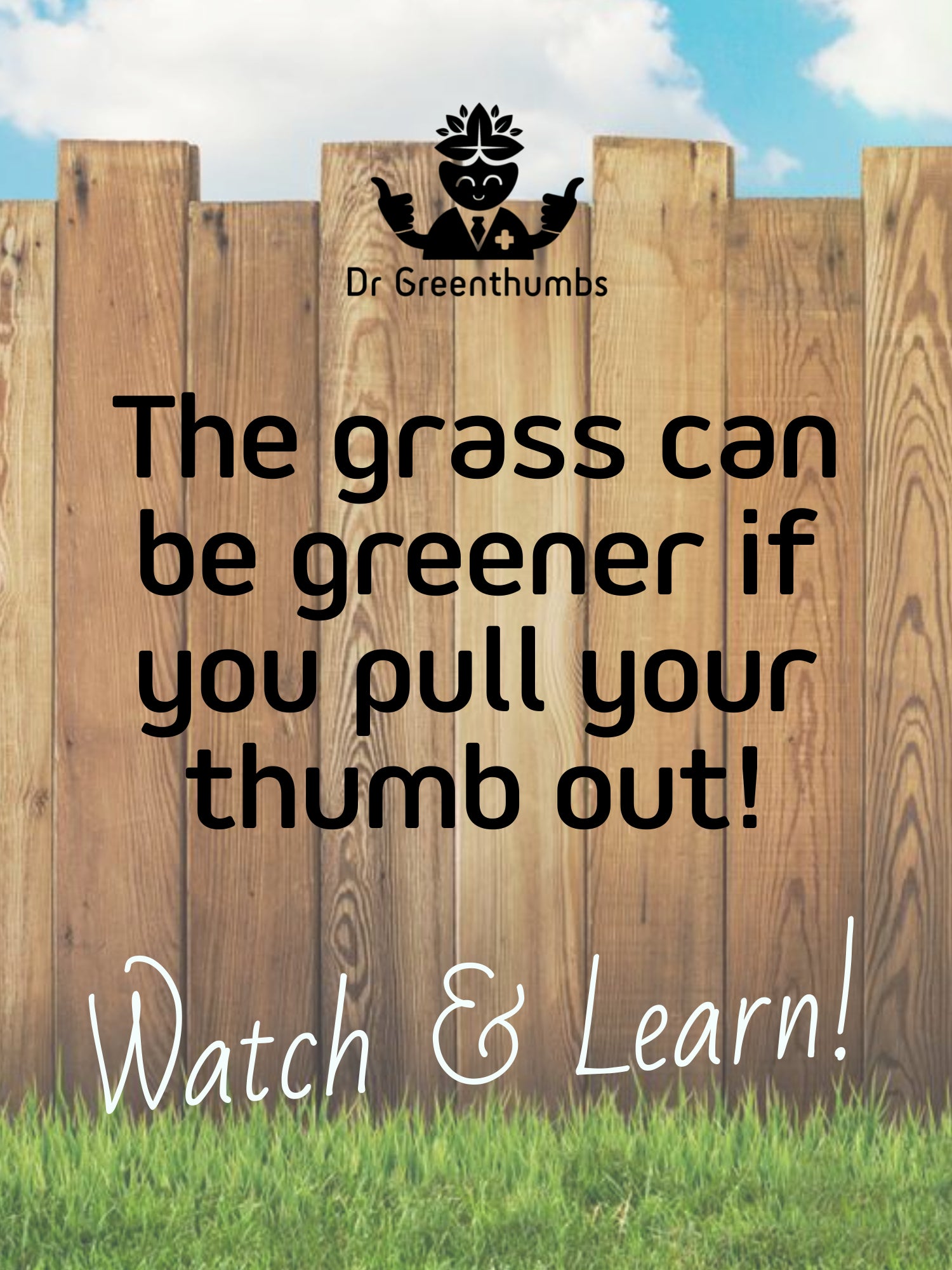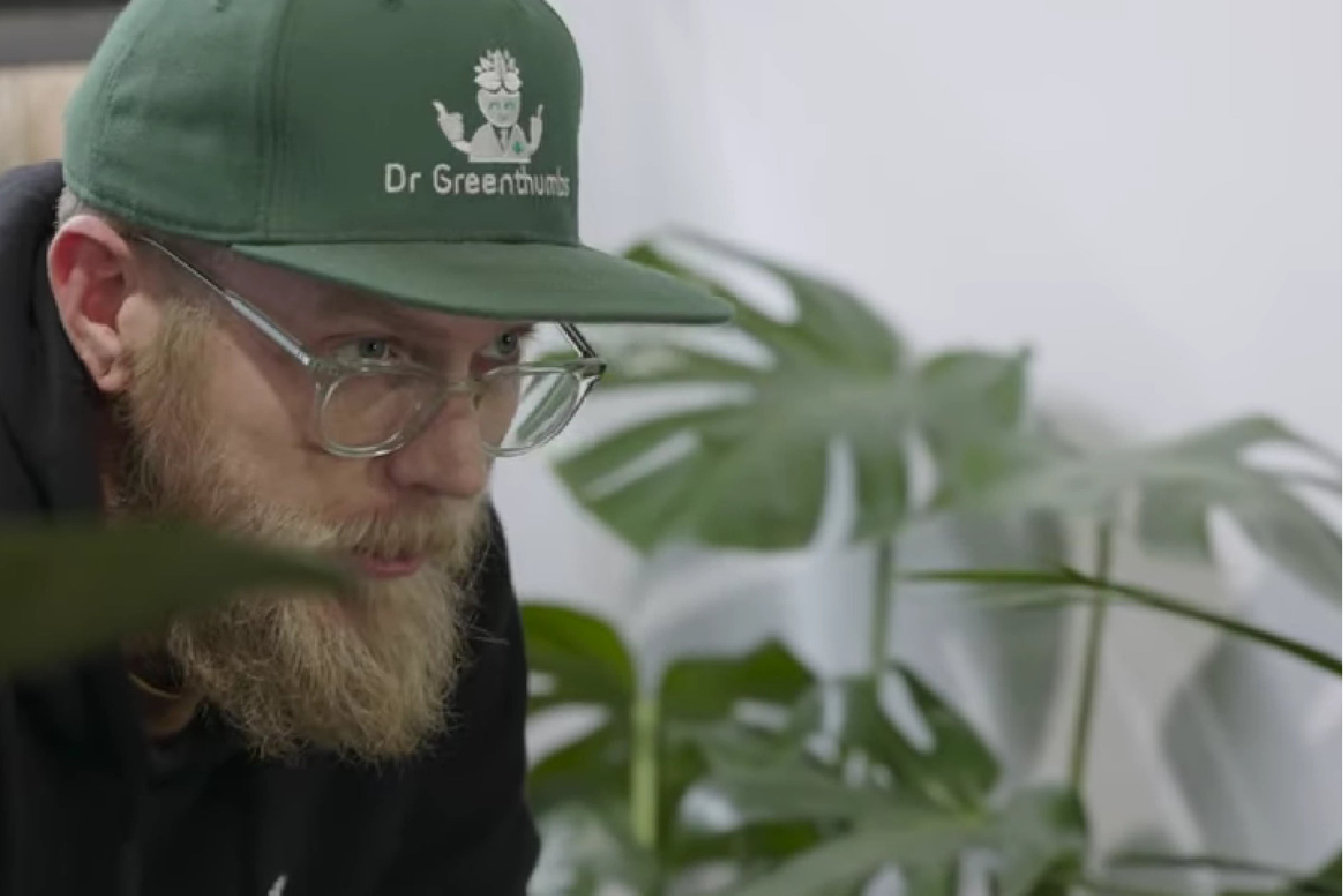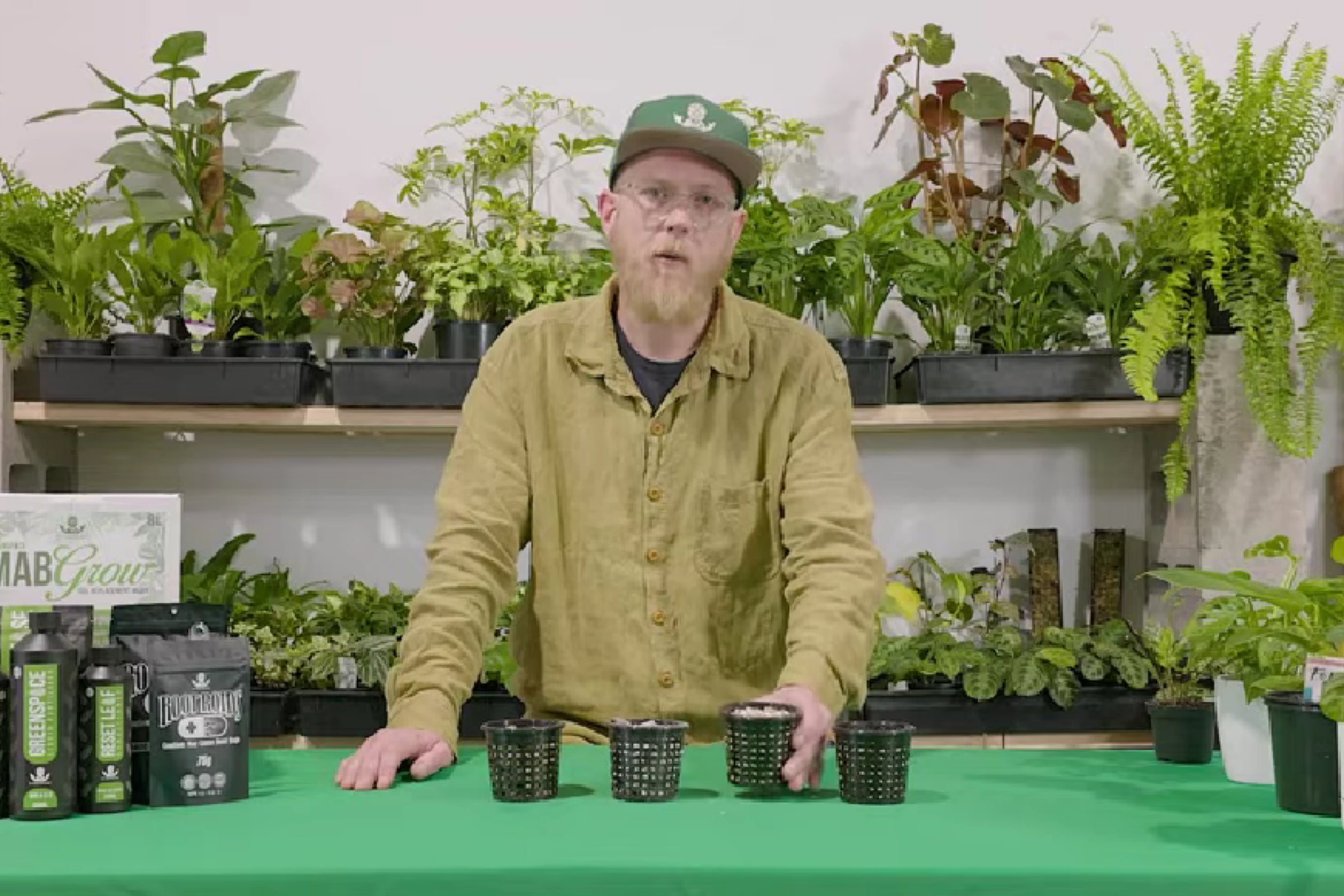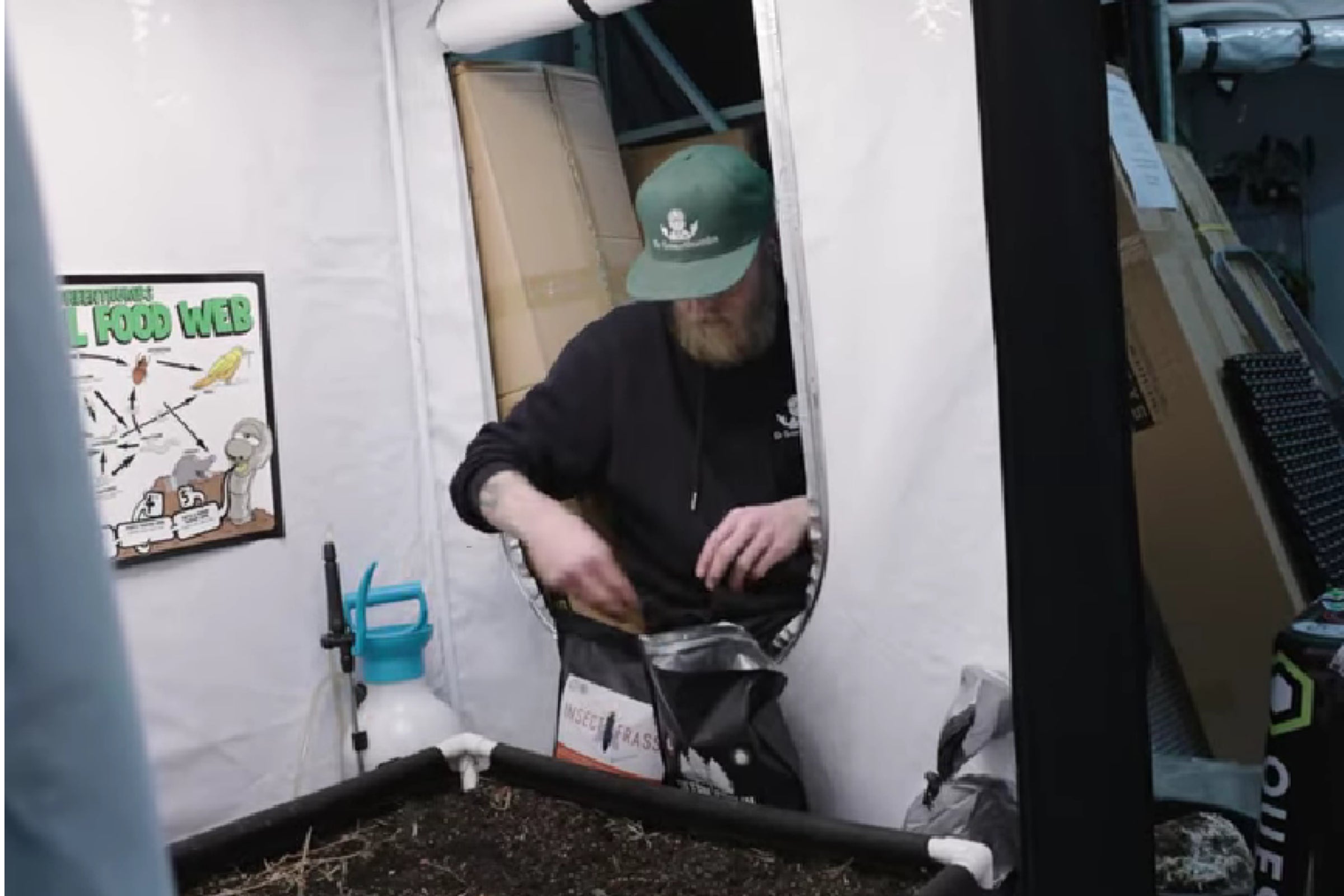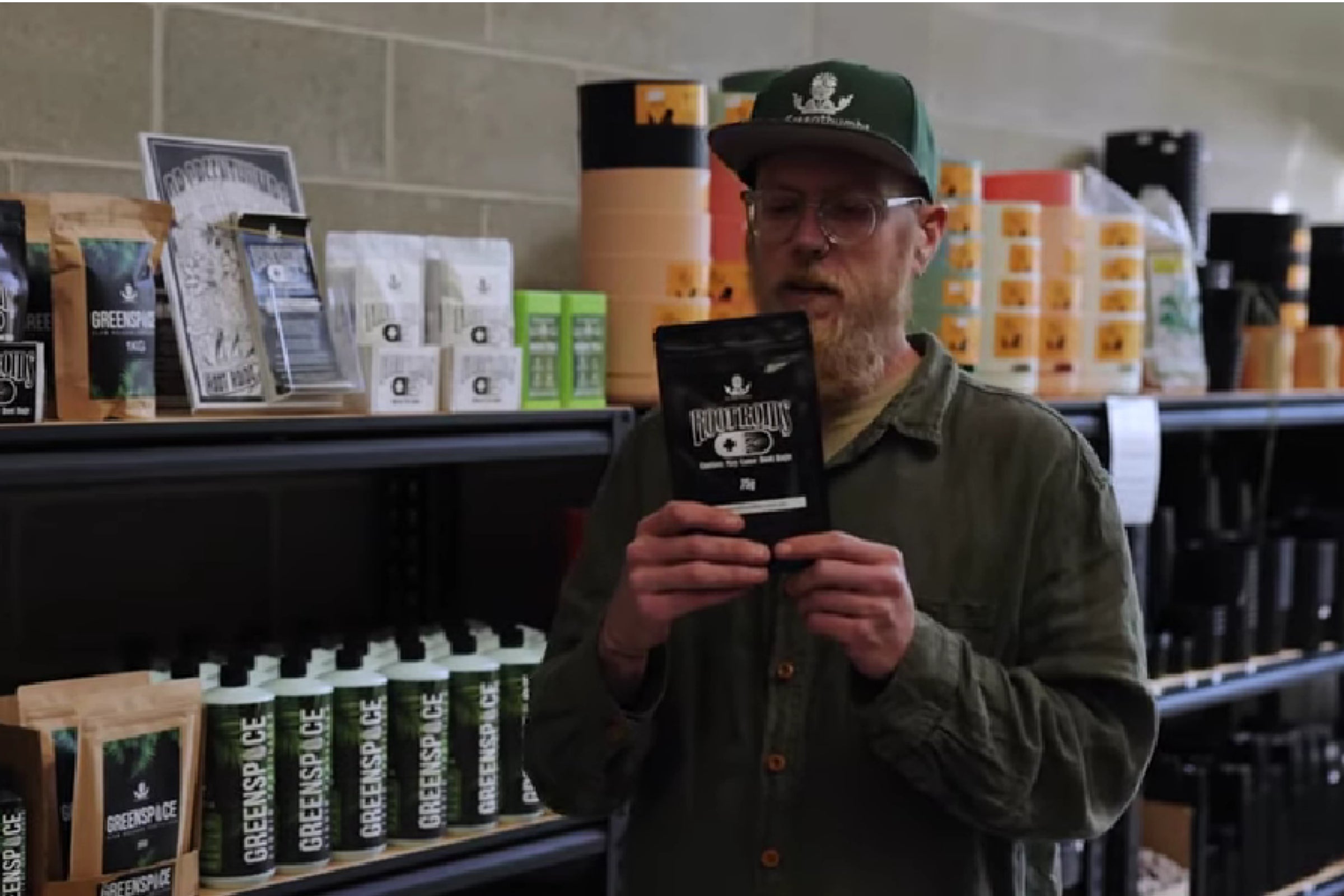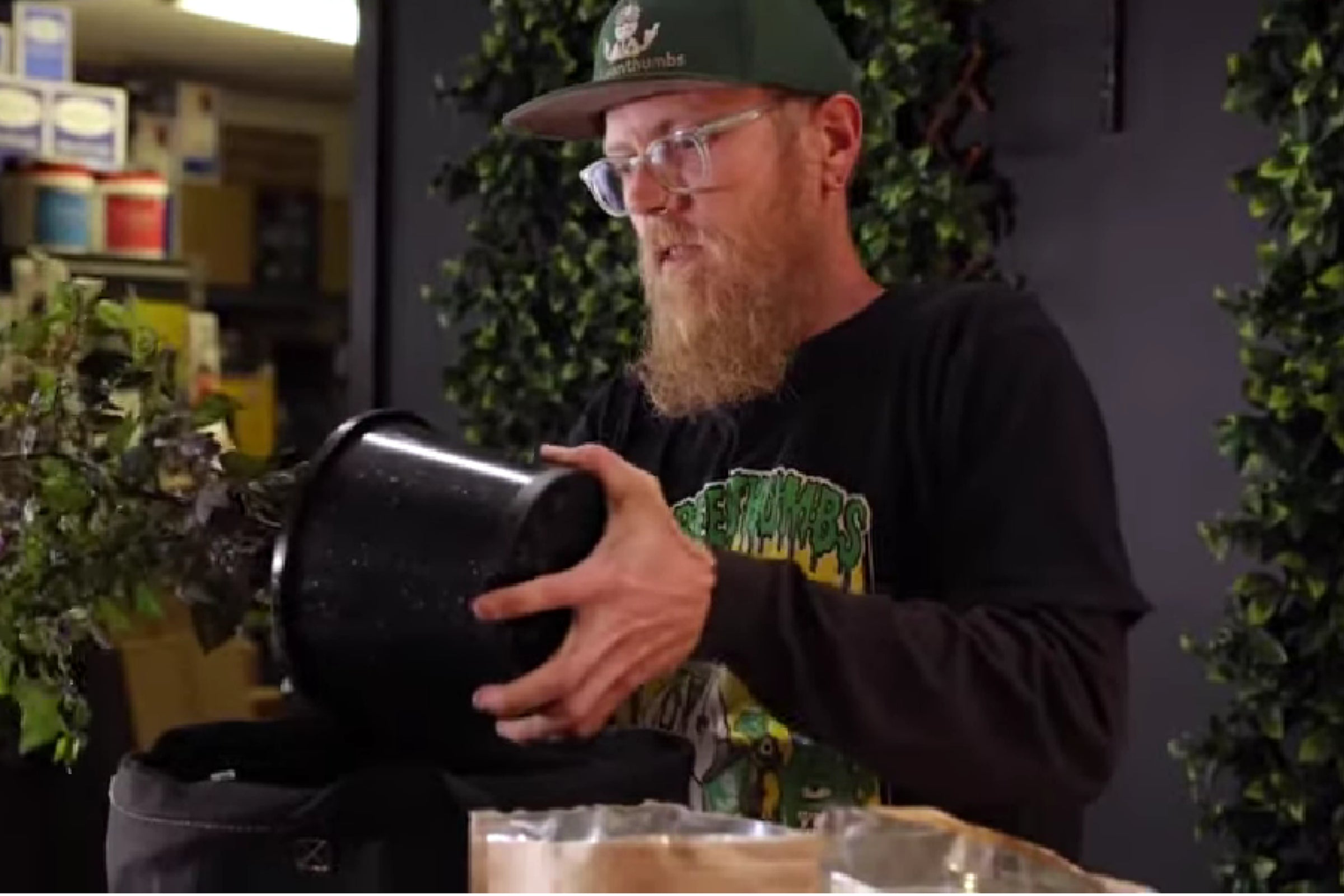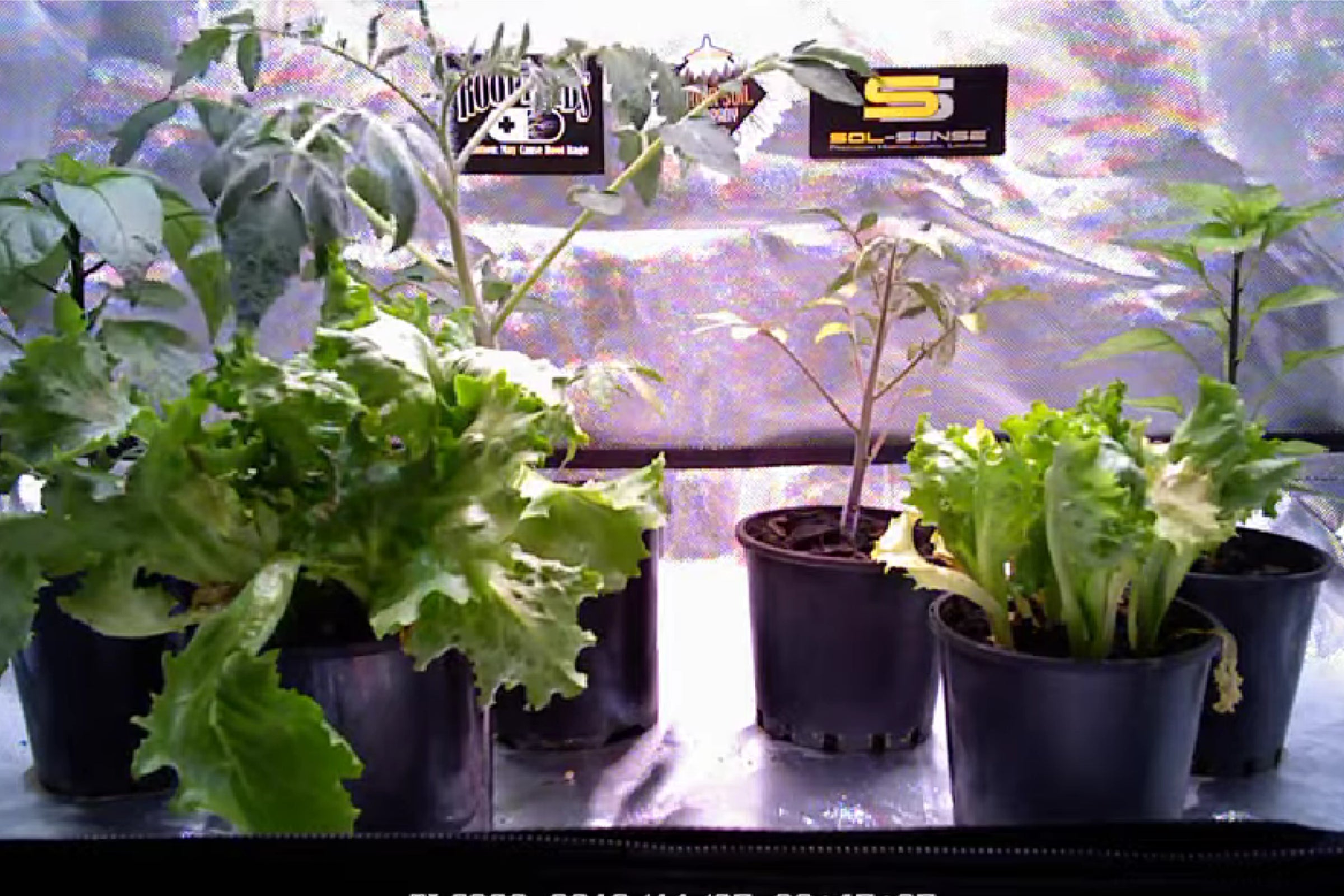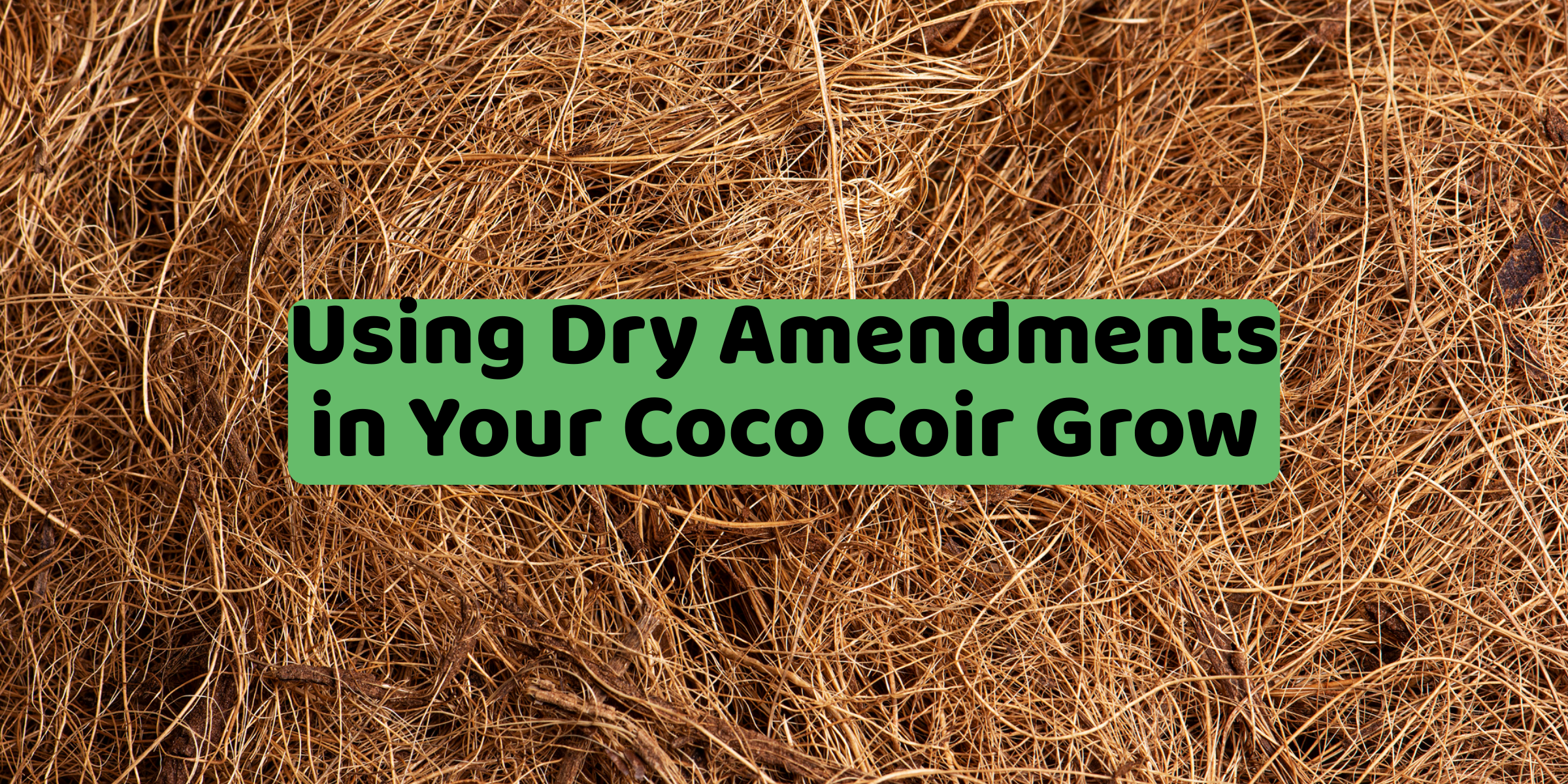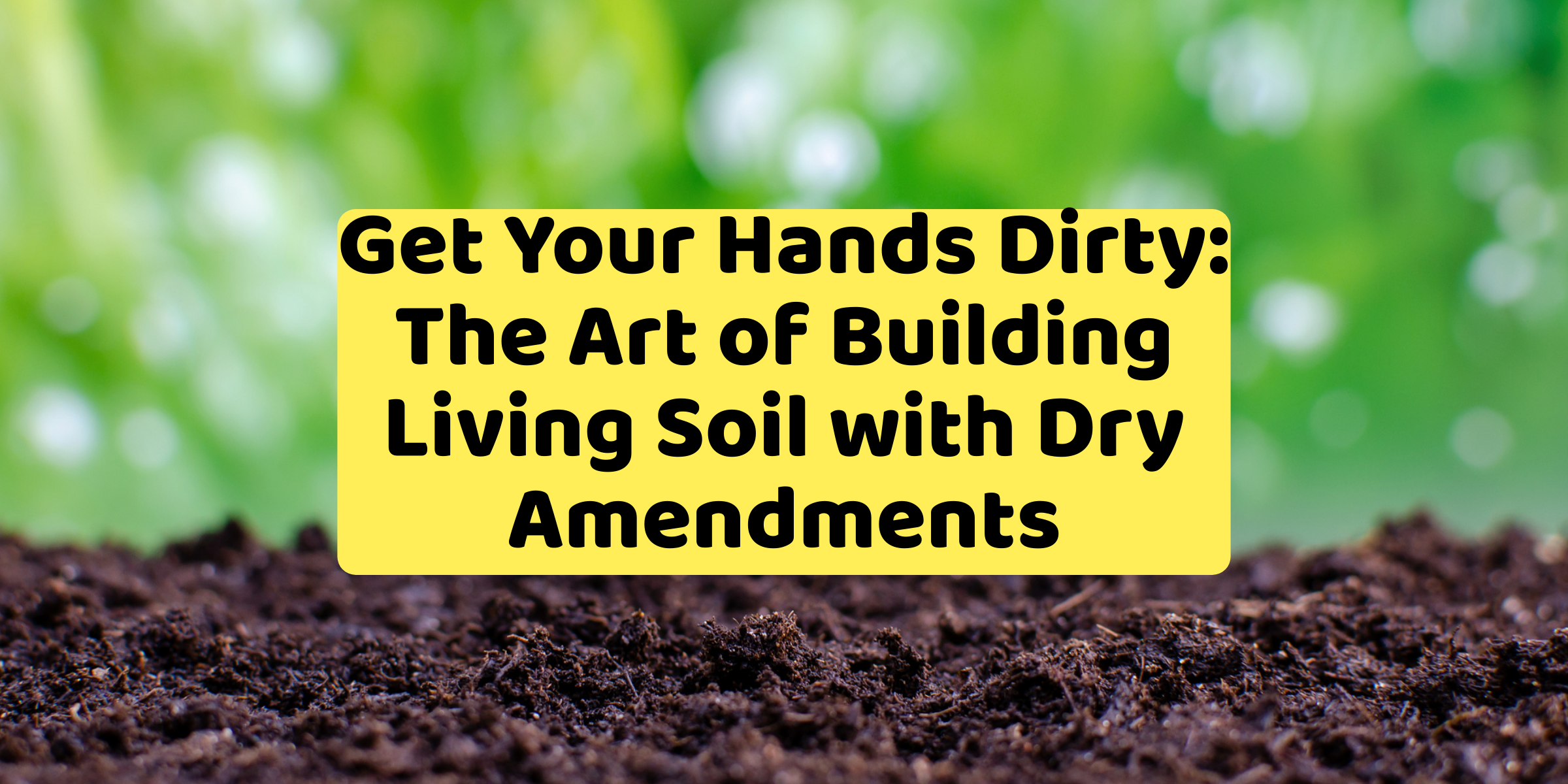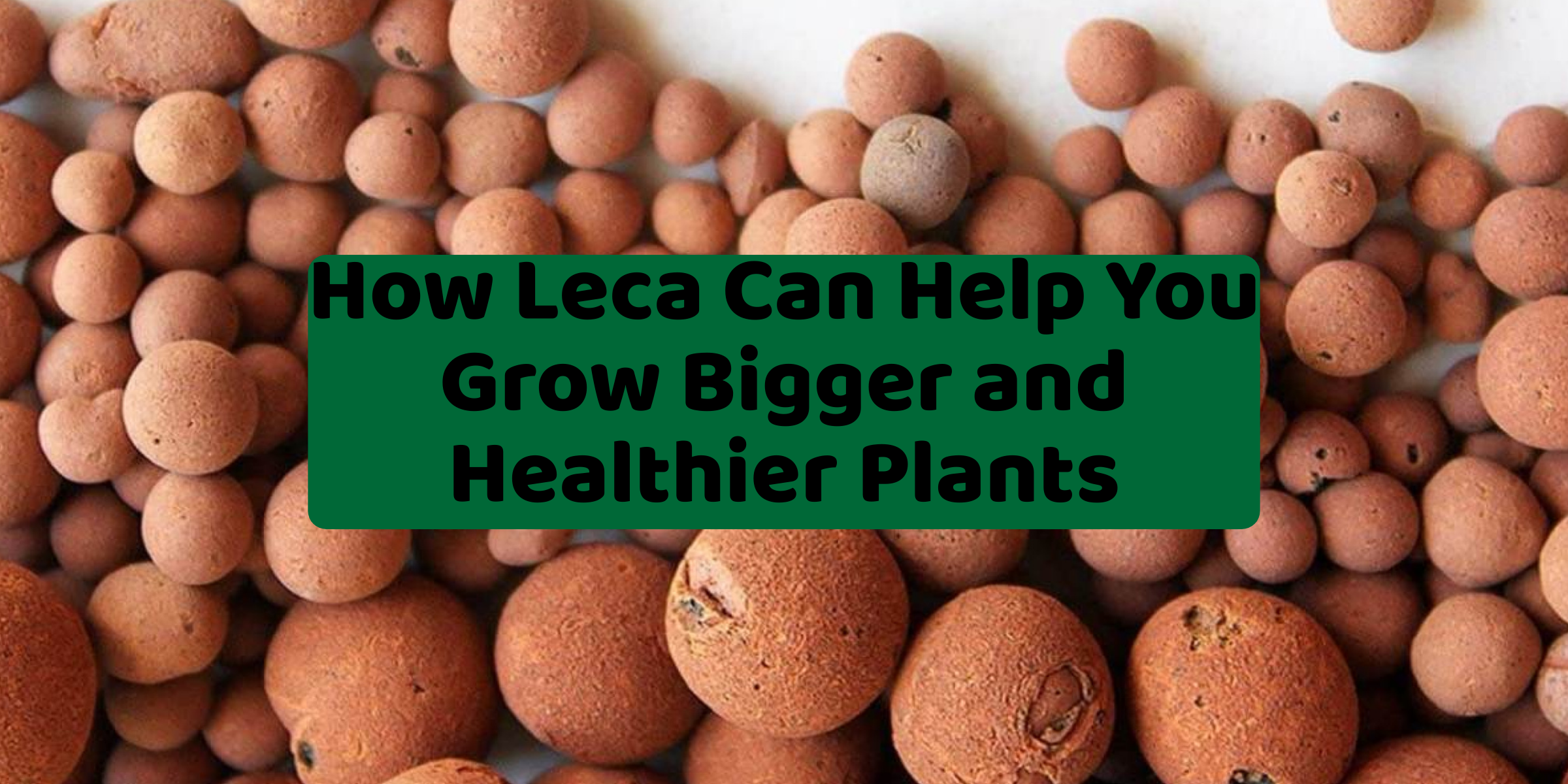Aroids, a fascinating and diverse group of plants, are celebrated for their striking foliage and relatively easy care. However, the key to their thriving growth lies beneath the surface – in the quality of the potting soil. Selecting the right soil for Aroids is not just a matter of mere preference; it's a critical aspect of their overall health and vitality.
In this comprehensive guide, we delve into the art and science of creating the ideal Aroid potting soil. This mix is not just any soil; it's a carefully balanced blend of ingredients like coco coir chips, orchid pine bark, perlite, pumice, and high-quality organic potting soil. Each component plays a vital role, contributing to the soil's drainage, nutrient content, and moisture retention – factors that are pivotal for the flourishing of Aroids.
By understanding and combining these key ingredients in the right proportions, you can create a potting soil that not only supports the robust growth of your Aroids but also ensures their long-term health. This guide will lead you through each step of this process, ensuring your Aroids have the perfect foundation to grow, thrive, and bring beauty to your space.
Understanding the Key Ingredients
Creating the ideal potting mix for Aroids involves a blend of specific ingredients, each contributing unique benefits and properties to the soil. Here, we delve into the key components and explore how they work together to create an environment where Aroids can thrive.
Coco Coir Chips
Benefits and Properties: Coco Coir Chips are an exceptional alternative to traditional peat moss. Derived from the outer husk of coconuts, these chips are known for their excellent drainage capabilities and aeration properties. They help prevent waterlogging by allowing excess moisture to drain away quickly while still retaining enough moisture to keep the roots hydrated. Additionally, coco coir chips are pH-neutral, ensuring that they do not alter the soil's acidity, which is crucial for maintaining the health of Aroids.Orchid Pine Bark
Advantages for Aroids: Orchid Pine Bark, often referred to as Orchiata, is a premium bark used in potting mixes for Aroids. It is specially processed to have a stable pH and excellent drainage properties. Its structure helps to create air pockets within the soil, providing roots with the necessary oxygen. Furthermore, it's capable of holding onto nutrients and releasing them slowly over time, ensuring that Aroids have a consistent supply of what they need to grow.Perlite
Improving Drainage and Aeration: Perlite is a form of volcanic glass that has been heated and expanded to create lightweight, airy granules. It's an essential ingredient in Aroid potting mixes as it enhances soil drainage and prevents compaction. This ensures that the roots are not sitting in water, thereby reducing the risk of root rot. Perlite also aids in aeration, allowing roots to breathe and grow more efficiently.Pumice
Its Role in Aroid Potting Soil: Pumice, a type of volcanic rock, is prized for its porosity and lightweight nature. In Aroid potting soil, pumice plays a crucial role in improving drainage and aeration. Its porous structure holds onto essential nutrients and moisture, releasing them slowly to the plant roots. This gradual release ensures a balanced supply of resources for the Aroids.Organic Potting Soil
Why it Matters: The inclusion of Organic Potting Soil is vital in the mix. A high-quality organic potting soil provides a rich source of organic matter and nutrients, which are fundamental for the healthy growth of Aroids. It acts as the base of your potting mix, to which the other ingredients are added. Organic potting soil ensures that the plants receive a steady supply of organic nutrients, fostering robust root and foliage development.By combining these key ingredients, you create a well-balanced, nutrient-rich, and structurally sound medium that caters perfectly to the needs of Aroids. Each component plays a specific role, and together, they form the foundation for healthy, vibrant, and thriving Aroid plants.
Preparing the Perfect Potting Soil Mix
Crafting the perfect potting soil mix for Aroids is both an art and a science. It involves not just combining ingredients but doing so in a manner that ensures the health and growth of your plants. Here's a step-by-step guide to preparing this vital component of your Aroid's life.
Step-by-Step Guide to Mixing Ingredients
-
Gathering Materials: Start by assembling your ingredients – coco coir chips, orchid pine bark (Orchiata), perlite, pumice, and organic potting soil. Ensure you have a large container for mixing and a measuring tool for accuracy.
- Mixing Process:
- Begin by combining two parts Orchiata bark with one part each of coco coir chips, perlite, and pumice. The Orchiata bark provides stability and long-term drainage, while the other ingredients ensure proper aeration and moisture retention.
- Mix these ingredients thoroughly to ensure even distribution. This uniformity is crucial for root growth and water management.
- Once these ingredients are evenly mixed, add one part organic potting soil to the mix. This addition introduces essential nutrients and organic matter.
- Fine-Tuning the Mix: After combining all the ingredients, assess the texture of the mix. It should be loose, well-draining, yet capable of holding moisture. Adjust the quantities slightly, if needed, to achieve this balance.
Importance of pH Balance in Potting Soil
- Aroids generally prefer a slightly acidic to neutral pH, usually between 5.5 and 6.5. Use a pH meter to test your potting mix.
- Adjusting pH: If the pH is too high (alkaline), consider adding a more acidic component like pine bark or peat moss. Conversely, if the pH is too low (acidic), small amounts of lime can help neutralize it.
Common Mistakes to Avoid in Soil Preparation
- Using Improper Ratios: Avoid the temptation to guess the quantities of each component. Imbalanced ratios can lead to poor drainage, inadequate aeration, or nutrient deficiencies.
- Ignoring pH Levels: Overlooking the pH balance of your soil can lead to nutrient lock-up, where plants cannot access the nutrients they need, despite their presence in the soil.
- Neglecting Quality: Using low-quality ingredients can introduce pests, diseases, or unwanted chemicals into your potting mix. Always opt for high-quality, clean, and reputable sources for your soil components.
- Over-Compacting the Soil: While mixing, be careful not to compact the soil too much. Aroids need loose soil for proper root growth and water drainage.
By following these guidelines, you can create a potting mix that provides the perfect foundation for your Aroids to flourish. Remember, the right start with the right soil can make all the difference in the health and beauty of your plants.
Maintenance of Aroid Potting Soil
Aroids, with their unique requirements, thrive in potting soil that's well-maintained. Proper maintenance not only supports their growth but also prevents various issues that could hinder their health. Here’s how to maintain Aroid potting soil effectively:
Regular Maintenance Practices
- Moisture Check: Regularly check the moisture level of the soil. Aroids prefer a balance – not too dry, not too wet. Use your finger to feel the top inch of the soil. If it's dry, it’s time to water; if it’s moist, wait a bit longer.
- Watering Technique: When watering, do so thoroughly until water drains out of the bottom of the pot. This ensures that the water reaches the entire root system. Avoid letting the plant sit in water, as this can lead to root rot.
- Light and Temperature Monitoring: Ensure your Aroids are placed in an area with appropriate light and temperature. While soil plays a crucial role, environmental factors also significantly affect plant health.
Identifying and Addressing Potting Soil Issues
- Root Rot: If the plant looks wilted or the leaves turn yellow, check for root rot. This often occurs due to overwatering or poor drainage. If you find black, mushy roots, prune them and repot the plant in fresh potting soil.
- Pest Infestations: Keep an eye out for signs of pests, such as small bugs on the soil surface or leaves. Treat infestations promptly with appropriate pest control methods.
- Soil Compaction: Over time, soil can become compacted, which reduces aeration. If the soil seems too dense, gently loosen it without disturbing the roots too much. Consider repotting if the problem is severe.
Ensuring Long-term Soil Health
- Nutrient Top-Up: Over time, the nutrients in potting soil can get depleted. Supplement with a balanced, slow-release fertilizer suitable for Aroids, following the instructions carefully to avoid over-fertilization.
- Refreshing the Soil: Annually, or as needed, refresh the top layer of soil. Remove the top few inches of old soil and replace it with fresh potting mix. This helps replenish nutrients and improve soil structure.
- Repotting: Every few years, or when the plant outgrows its pot, repot your Aroid. This gives you a chance to inspect the root health and provide fresh soil. Choose a pot that’s slightly larger than the current one for continued growth.
By adhering to these maintenance practices, you can ensure that your Aroid potting soil remains a nurturing environment for your plants. Regular attention and care not only foster vibrant growth but also protect your Aroids from common problems, ensuring their long-term health and beauty.
In the journey of nurturing Aroids, using the right products can significantly enhance their growth and health. Two such beneficial products are Dr. Greenthumbs Root Roids and GreenSpace Liquid Fertilizer. Let's explore the advantages they offer:
Dr. Greenthumbs Root Roids: Enhancing Root Growth
Dr. Greenthumbs Root Roids is a specially formulated root stimulator that significantly enhances the root growth of Aroids. The product is a blend of natural ingredients, including humic acid and seaweed extract, which work synergistically to improve soil health and root development.
Key Benefits:- Stimulates Root Growth: The components in Root Roids encourage the development of a strong, healthy root system, which is essential for the overall growth of the plant.
- Improves Nutrient Uptake: A robust root system allows for more efficient absorption of nutrients from the soil, leading to healthier and more vigorous plant growth.
- Enhances Soil Health: The natural ingredients in Root Roids contribute to the microbial balance in the soil, making it more conducive to plant growth.
GreenSpace Liquid Fertilizer: Nutritional Benefits
GreenSpace Liquid Fertilizer is a balanced plant food designed to provide Aroids with essential nutrients for strong and healthy growth. It contains a blend of nitrogen, phosphorus, and potassium, each playing a vital role in plant development.- Promotes Healthy Foliage and Flowers: The balanced formulation ensures that Aroids receive all the necessary macro and micronutrients for lush foliage and vibrant blooms.
- Easy to Use: Being a liquid, it's easy to mix with water and apply to plants, ensuring even distribution of nutrients.
- Fast-Acting: As a liquid fertilizer, it can be quickly absorbed by the plants, leading to more immediate results in plant health and growth.
Both Dr. Greenthumbs Root Roids and GreenSpace Liquid Fertilizer are designed to work in harmony with the perfect Aroid potting soil mix. Using these products as part of your regular plant care routine can create an optimal environment for Aroids to thrive, showcasing their stunning foliage and robust growth.
FAQs about Aroid Potting Soil
What makes a potting soil mix ideal for Aroids?
Aroids require a well-draining, nutrient-rich soil with good aeration. The ideal mix typically includes coco coir chips, orchid pine bark, perlite, pumice, and organic potting soil.Can I use regular garden soil for Aroids?
It's not recommended. Garden soil often lacks the necessary drainage and aeration qualities. It may also contain pests and diseases detrimental to aroids.
How often should I water Aroids in this potting mix?
Water when the top inch of the soil feels dry. Over-watering can lead to root rot, so it's crucial to allow the soil to partially dry out between waterings.
When should I repot my Aroids?
Repot every 2-3 years or when the plant outgrows its pot. Signs that it’s time to repot include roots growing through drainage holes or soil that dries out too quickly.
Can I reuse old Aroid potting soil?
Yes, but it's essential to refresh and sterilize it. Remove debris and dead roots, and consider baking the soil to eliminate pathogens and pests.
What is the role of perlite in the Aroid potting mix?
Perlite improves soil drainage and aeration, preventing soil compaction and ensuring the roots receive enough oxygen.
How do I know if my Aroid potting soil is too compacted?
If water sits on the surface or drains very slowly, it might indicate compaction. The soil should also feel loose, not dense or hard.
Why is pH balance important in Aroid potting soil?
Aroids prefer a slightly acidic to neutral pH. An imbalanced pH can hinder nutrient absorption and overall plant health.
Can Dr. Greenthumbs Root Roids be used with any Aroid species?
Yes, it’s generally safe for all Aroid varieties. It promotes healthy root growth, which is beneficial for these plants.
How often should I apply GreenSpace Liquid Fertilizer to my Aroids?
Follow the instructions on the label. Typically, it’s applied every two to three weeks during the growing season, but frequency may vary based on the specific needs of your plants.
Remember, the key to successful Aroid care is understanding their unique requirements and adjusting your care routine accordingly. Regular monitoring and maintenance of the potting soil can significantly contribute to the health and beauty of your Aroids.

